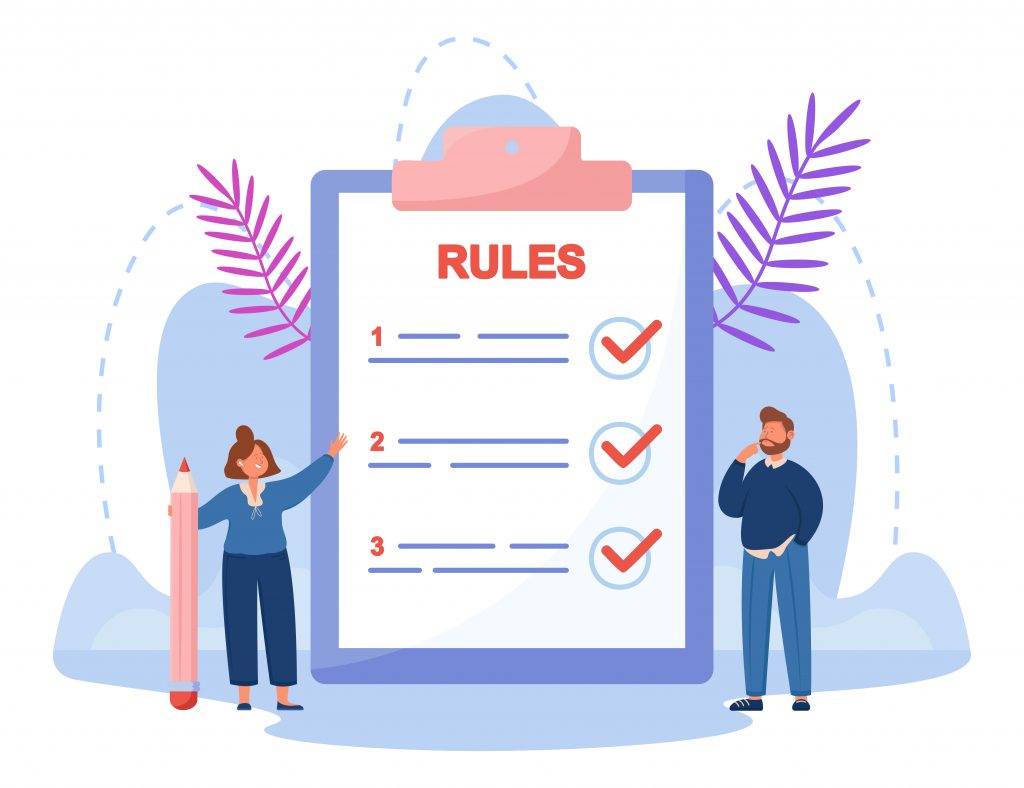Cheating in organized competition is as old as competition itself. The earliest athletes competing in the Ancient Olympics bribed officials, used performance-enhancing substances, and found other creative ways to bend the rules. These cases of cheating were usually met with penalties, and sometimes these were severe. There were even monuments erected to shame individuals who were found to have cheated, with inscriptions detailing their offenses.
In the modern era, cheating is pervasive in both professional and amateur events. Most recently, 11,000 out of 30,000 participants were disqualified from the Mexico City Marathon after taking shortcuts or bypassing checkpoints.

This incident underscores the extent to which individuals are willing to compromise the integrity of competitive events—a reality that extends beyond athletics and into corporate wellness initiatives.
With monetary rewards and personal reputation on the line for high performers in step challenges, employers must take proactive steps to prevent cheating. This article covers the psychology behind cheating in step challenges and 10 effective strategies to prevent it.
Pressed for time? Here’s a quick summary…
- Psychology of cheating: The psychology of cheating often revolves around the internal conflict between personal gain and adherence to ethical standards, with employees sometimes rationalizing dishonest behavior to achieve desired outcomes.
- Common instances of cheating: Common errors in wellness challenges include double counting (when a single activity is tracked twice), inputting data inaccurately, and misinterpreting rules. Distinguishing between accidental and intentional cheating can inform communication, education, and prevention strategies.
- Communication and feedback: Employers should clearly outline the rules and expectations for challenge participation, including progressive penalties for cheating. Establishing channels for employee feedback and peer reporting can support this process.
- Creative incentives: Emphasize purpose over prizes and offer non-monetary incentives that align with the intrinsic value of improved health, encouraging employees to strive for genuine progress over sneaky shortcuts.
- Restructuring challenges: Consider restructuring challenges to be team-based, rely solely on verified data sources, and include in-office wellness initiatives to curb cheating.
Analyzing The Problem: Why Do People Cheat?

Cheating is often a result of basic human nature, driven by the pursuit of wealth or recognition. The psychology of cheating often revolves around the internal conflict between personal gain and adherence to ethical standards, with employees sometimes rationalizing dishonest behavior to achieve desired outcomes. For instance, claiming a top spot on the challenge leaderboard can incentivize such behavior.
Competition can be a fantastic motivator for personal improvement, but it also brings out dishonest behaviors. This is especially true when individuals find it easy to bend the rules and think they’re unlikely to get caught.
Moreover, when significant monetary prizes are at stake, the temptation to cheat skyrockets. Large financial incentives may cause employees to undermine the line between right and wrong.
Accidental Vs. Intentional Cheating
In corporate wellness programs, cheating may occur as a deliberate tactic or an innocent mistake. Understanding the distinction between accidental and intentional cheating is important for determining how to manage the situation. Common instances of cheating include:
- Double Counting: Double counting occurs when a single activity is tracked twice. For example, an employee might double count their steps in a step challenge by using both the GPS feature on a wearable device and a step-counting app simultaneously, leading to inflated results.
- Data Entry Errors: Users may incorrectly input data. For instance, a participant may log 20 hours of on-demand fitness classes instead of 20 miles of biking.
- Misinterpreting Rules: Participants might misunderstand or tweak the competition guidelines. For example, a step challenge participant could count any physical activity toward their step tally when only walking and running steps are valid.

While some employees may knowingly bend the rules, others fall into unintentional errors. Distinguishing between the two can guide communication, education, and penalty strategies.
10 Strategies To Prevent Wellness Challenge And Program Cheating
Employers should take proactive steps to prevent cheating in wellness challenges to maintain the integrity of their programs. This ensures that participants engage sincerely and derive genuine health benefits, boosting the overall well-being of the workforce. Additionally, upholding fairness and honesty in the workplace reinforces trust and motivation among employees.
1. Communication & Education

To lay the foundation for an honest challenge, establish clear guidelines that are documented in writing for easy reference. Make sure to address any nuances, leaving no room for ambiguity to prevent accidental cheating. Educate employees on the importance of integrity and the benefits of authentic engagement.
2. Emphasize Purpose Over Prizes
The primary goal of wellness challenges is to enhance personal and communal health. By emphasizing self-improvement and well-being over competition and rewards, employees are more likely to strive for genuine progress over shortcuts.
3. Technological Interventions & Limitations
Setting daily limits can help level the playing field. A step challenge daily limit could be 10,000 steps – an achievable goal that prevents exaggerated inputs. Additionally, leveraging advanced tracking technology can help detect and deter dishonesty.
4. Feedback & Peer Reporting

Establish channels for employee feedback to understand participants’ perspectives, identify potential issues, and adapt the challenge accordingly. Peer reporting can also serve as an effective deterrent against cheating by promoting accountability within the group.
5. Rethink Incentives
Rather than relying on traditional financial incentives, consider offering non-monetary wellness rewards. By aligning incentives with the intrinsic value of improved health, employers can foster a more authentic commitment to wellness goals, deterring cheating in the process.
6. Progressive Penalties
Develop a clear protocol for addressing dishonesty, starting with warnings for minor unintentional violations and escalating penalties for deliberate and repetitive cheating. Clearly communicate these penalties to all participants during the challenge kickoff, reinforcing the importance of integrity.
7. Team-Based Challenges
Transitioning to team challenges can mitigate the impact of cheating, as high-performers will be averaged out by low-performers. They also promote a sense of accountability, shifting the focus from individual achievements to collective accomplishments, which in turn reduces the temptation to cheat.
8. Verified Activity Tracking

If participants have access to third-party apps and devices used in the challenge, consider eliminating the option to manually record activity. Instead, rely solely on verified data sources, such as data from wearable devices. Leverage tracking technology that can detect and reject manual tracking.
9. Move Beyond Steps
In-office wellness initiatives are inherently verifiable as peers can observe each other’s choices. Additionally, holistic well-being challenges that encompass initiatives beyond physical activity can be highly beneficial. For instance, a mindfulness program may incorporate meditation practices and informative content modules to enrich mental health.
10. Positive Culture Promotion
Promoting a positive organizational culture founded on honesty, transparency, and trust can naturally curb the temptation to cheat. When employees feel that their workplace values integrity and ethical conduct, they are more likely to embrace these principles in all aspects of their professional lives, including wellness challenges.












